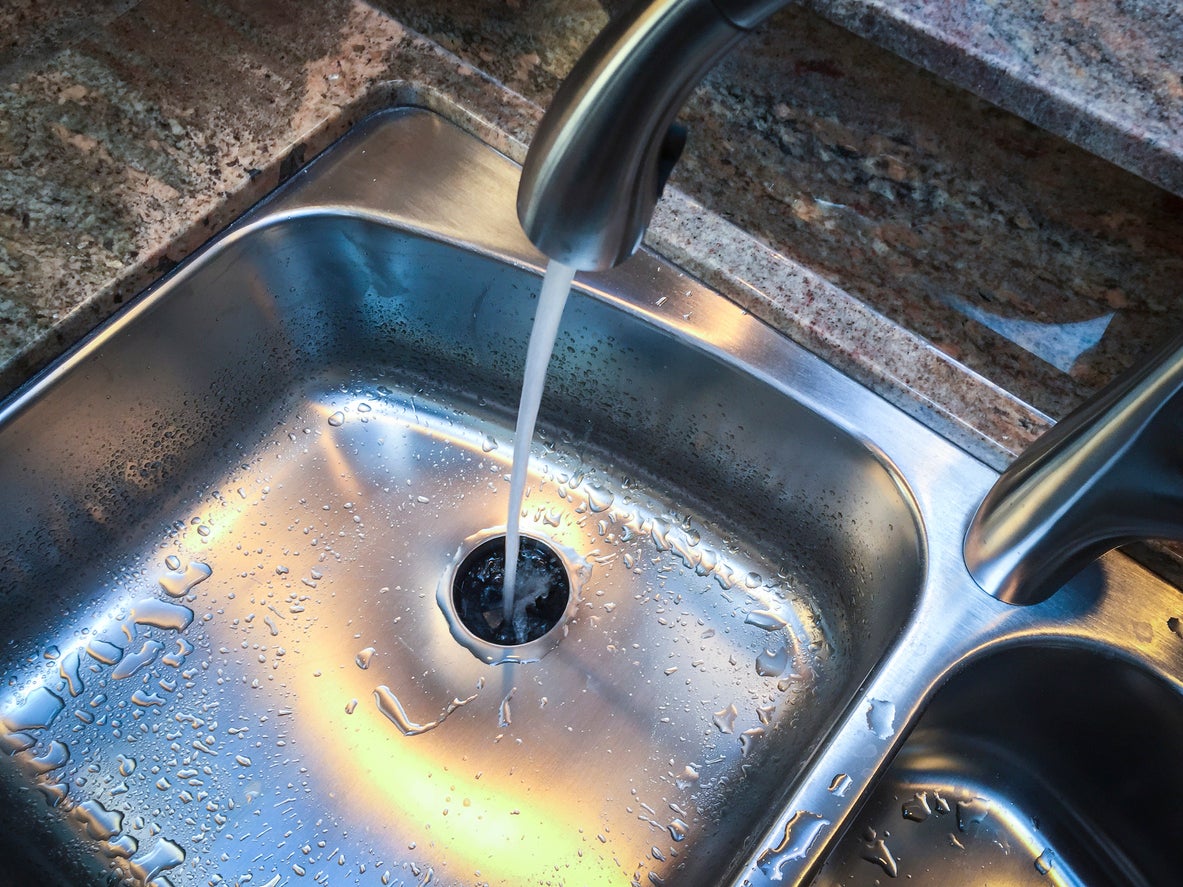Best Methods for Resolving a Leak in Your Garbage Disposal
Best Methods for Resolving a Leak in Your Garbage Disposal
Blog Article
Everyone has got their private rationale when it comes to The Handy Guide To Fixing Your Garbage Disposal Leaking.

Garbage disposals are essential kitchen area devices that aid in dealing with food waste successfully. Nonetheless, a dripping waste disposal unit can be an aggravating and untidy issue to handle. Fortunately, lots of leaks can be repaired quickly with a few basic steps. In this article, we will talk about just how to fix a leaking waste disposal unit successfully.
Intro
Garbage disposals are mounted under kitchen area sinks and are created to shred food waste into smaller items, permitting it to pass through the plumbing system quickly. While these gadgets are normally reputable, leaks can occur in time due to damage, loosened connections, or damages to the system.
Step-by-Step Guide to Taking Care Of a Leaking Waste Disposal Unit
Switch off the Power
Prior to attempting any type of fixings, ensure that the power to the garbage disposal unit is turned off to prevent the danger of electric shock.
Find the Leakage
Determine the exact place of the leakage and identify the cause
Tighten up Links
Make use of a wrench to tighten up any kind of loosened links in between the disposal device and the pipes system.
Replace Seals or Gaskets
If the leak is because of used seals or gaskets, eliminate the old components and change them with new ones.
Patching Splits or Openings
For cracks or holes in the disposal system, use epoxy or an ideal patching product to seal the broken location.
Determining the Resource of the Leak
Before trying to repair a dripping garbage disposal, it is vital to determine the resource of the leakage. This can commonly be done with visual examination or by carrying out straightforward tests.
Visual Inspection
Evaluate the garbage disposal unit very carefully for any indications of water leakage. Pay close attention to locations around seals, gaskets, and link factors.
Checking for Leakages
One way to test for leakages is by running water via the disposal device and checking for any type of visible signs of leak.
Typical Causes of Leakages in Rubbish Disposals
Worn Seals and Gaskets
Seals and gaskets play a vital function in stopping water from leaking out of the waste disposal unit. Over time, these parts can wear away, causing leakages around the disposal unit.
Loose Links
The links in between the garbage disposal and the plumbing system can become loose gradually, creating water to leakage out throughout operation.
Fractures or Openings in the Disposal Unit
Physical damage to the waste disposal unit, such as fractures or holes in the housing, can likewise lead to leaks.
Devices and Materials Needed for Repairing a Leaking Waste Disposal Unit
Prior to starting the repair procedure, collect the necessary tools and materials, including a screwdriver, flexible wrench, plumbing's putty, replacement seals or gaskets, and epoxy or patching material for fixing splits or openings.
Examining the Waste Disposal Unit After Repair
As soon as the repair is complete, examine the waste disposal unit by running water through it to guarantee that the leakage has been dealt with.
Preventive Maintenance Tips to Prevent Future Leakages
To avoid future leaks, it is vital to do normal maintenance on your garbage disposal. This includes keeping it clean, avoiding placing non-food things or difficult things down the disposal, and periodically looking for leakages or various other problems.
Conclusion
Finally, dealing with a dripping garbage disposal is a fairly straightforward process that can be completed with standard tools and materials. By following the actions laid out in this post and exercising preventive maintenance, you can keep your garbage disposal in good working condition and prevent costly repairs in the future.
HERE’S HOW TO FIX YOUR GARBAGE DISPOSAL
WHAT TO DO IF SOMETHING IS STUCK IN YOUR GARBAGE DISPOSAL
If the impeller won’t turn, there’s probably something stuck in the disposal. It could be a steak bone or peach pit, although plumbers report pulling all sorts of inappropriate objects out of disposals, such as bottle caps or aluminum foil. Make sure power to the disposal is off, and look inside to see if you can see the source of the jam.
Never stick your fingers in a disposal. Pull out anything you see with tongs or pliers.
If the disposal still won’t work, it may be time to call a plumber or consider buying a new disposal. GEM Plumbing & Heating is here for all of your garbage disposal needs.
WHAT TO DO IF YOUR GARBAGE DISPOSAL DRAIN IS CLOGGED
Take everything out from underneath your sink and put a bucket or other container under your disposal to catch any water that drains out. Disconnect your disposal from the power supply. If it’s plugged into a wall outlet, unplug it. If it’s hardwired into an electrical box, go to the electrical panel and turn off the breaker for the disposal. Pour ¼ cup of baking soda into the drain, followed by ½ cup of white vinegar. Give the solution a few minutes to fizz and do its work. Look into the disposal with a flashlight to see if you can see an object that might be causing the clog. If you see it, remove it using tongs or pliers. MORE TIPS ON DEALING WITH A CLOGGED GARBAGE DISPOSAL
Never use drain cleaner in a garbage disposal. It can damage the plastic parts inside the disposal. You can also be splashed with the caustic liquid while working to clear the clog. Beware! Never stick your fingers into a garbage disposal. Trust us — not a good idea. In many instances, your dishwasher drains through your garbage disposal. This allows the disposal to grind any large food particles that may be drained out of your dishwasher. There are some jurisdictions, however, where the plumbing code prohibits such a connection. WHAT TO DO WHEN YOUR DISHWASHER DRAINS THROUGH THE DISPOSAL
Run some water in the sink so your plunger has at least a ½-inch of water to create a seal and plunge vigorously up and down several times. You may need to repeat this several times. Run hot water down the drain to clear any residue that remains.

We had been shown that write-up on Why Is from a good friend on another web address. In case you appreciated our blog posting kindly be sure to pass it around. Bless you for your time. Come back soon.
Call Today Report this page